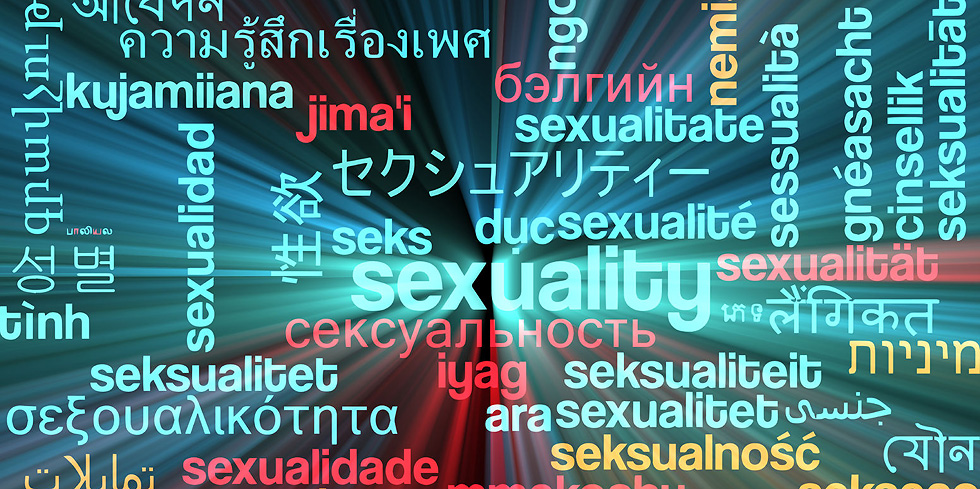One of the researchers at project Sigma, some time ago, told me about their difficulties in engaging with (young) straight men largely. He felt that these were largely invisible to the academic eye, as in most therapy trainings, in therapy rooms and in mental health services. In his field of expertise, it rendered a largeish group of UK populations inaccessible to HIV research and prevention. It mirrored the statement of the UK Chief Medical Officer Professor Sir Michael McBride said: “Many men are reluctant to talk about health issues and their mental health, or seek professional help.” An area where young men are highly visible: suicide amongst 16-15-year-old and since Covid, also among the 40 year olds.
Research shows that men are far less likely to seek therapy than women when confronted with mental health, sex, or relationship problems (https://www.mentalhealth.org.uk/explore-mental-health/a-z-topics/men-and-mental-health). Although this clearly suggests that many men are being undertreated for significant mental health, sex and relationship difficulties, this dynamic also affects the field of research. C. Edward Watkins, Jr. Ph.D., of the University of North Texas, recently asked an essential question, “How many men have actually been involved in short-term and long-term treatment research?” Watkins looked at 86 separate studies from six reviews over the last ten years to find an answer. “Those six reviews/meta-analyses were selected for scrutiny because they covered a broad spectrum of disorders (mental and physical), have received considerable attention in the medical, psychiatric, and psychological literature, and have appeared in what are well-respected, peer-reviewed medical, psychiatric, or psychoanalytic journals,” said Watkins.
Watkins realized that overall women were represented more than men in clinical studies, 60% versus 40%. Additionally, Watkins noticed that a large portion of the studies that did have male subjects tended to focus on addiction issues, leaving many other psychological treatment studies void of male data. Overall, he found that 11% of the studies had no male participants at all, and 23% of the studies only contained data from six males or less.
“We clearly see here both positives and negatives to our picture,” said Watkins. “Male research participants tend to be more difficult to secure than females in psychological research generally; that appears to be no less so for both short-term and long-term psychodynamic treatment research. In our efforts to amass the most complete, fully informed, and ever-informative female and male psychodynamic treatment database upon which to draw, that may well be an enduring problem with which we as researchers will have to continue to struggle and work to creatively address in the decades ahead.”
While psychologists applaud the gains women have made in the field over the past 30 years, some are concerned that the lack of men may have a downside. The most obvious problem, says psychologist Carol Williams-Nickelson, PsyD, executive director of the American Medical Student Association and Foundation, is that the field does not represent the diversity of people it is meant to serve. “Clients like to see people who look like them,” she says. John Farrell, PhD, a clinical psychologist in Homewood, Ill., agrees. “Guys are built differently. They have different brains and different ways of being emotional,” he says. “We [male therapists] understand male issues differently than females do.
A Jamaican male colleague is used to offering a minority perspective. “I kind of like it,” he says. Still, he does think that having gender diversity in the field is important. “I believe that getting a diverse perspective is most important, whether that be based on gender or ethnicity or nationality or sexuality. The key is to have as much variety as you can.”
In my own field of expertise, sex and relationship therapy, the picture, sadly, is no different. Once described as “a sea of white faces” in training environments it now appears to be further reduced to a “sea of women“. I am left wondering what this says about gender, sexual and relationship diversity and how we define it. If social justice were to be at the heart of therapy, why would we reduce ourselves to such a narrow definition of GSRED, as in “GSRED without men” or GSRED as long as it is white middle class, “educated” and not part of faith based culture?”
– Bernd Leygraf – Director LDPRT


Comments are closed, but trackbacks and pingbacks are open.